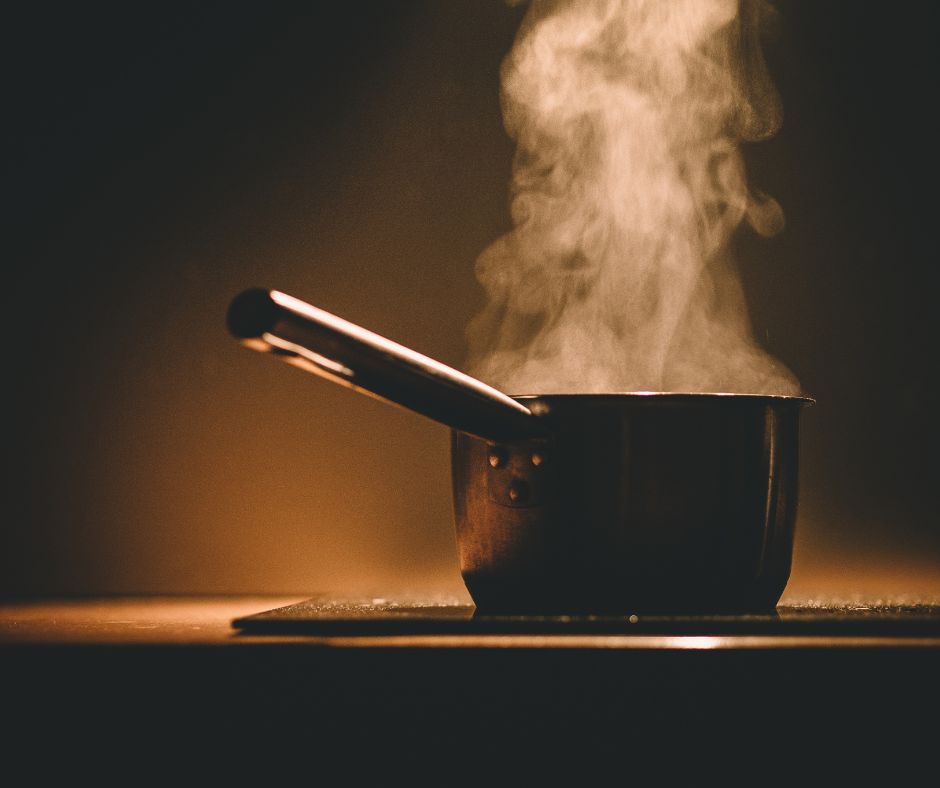
Eustachian Tube Dysfunction (ETD) is a medical condition that affects millions worldwide. This condition occurs when the eustachian tube, which connects the middle ear to the back of the nose, cannot function optimally.1 This can lead to symptoms such as ear pain, tinnitus (ringing in the ear), hearing loss, and a feeling of fullness in the ear.
While medical treatments for Eustachian Tube Dysfunction (ETD) exist, many people opt for natural alternatives due to their potential advantages and lesser side effects. This article delves into a number of natural methods to aid in clearing blocked Eustachian tubes.
The Eustachian tubes are small passages connecting the middle ear to the back of the throat. They have the crucial job of regulating air pressure and draining fluid from the middle ear. When these tubes get blocked or do not open or close properly, it leads to Eustachian Tube Dysfunction.
Common symptoms of ETD include:
These symptoms can be intermittent or persistent and vary from mild to debilitating.
Nasal irrigation, or using saline solution to rinse the nasal passages, is a natural remedy that can effectively relieve ETD symptoms.2 This technique helps cleanse the eustachian tube, reducing inflammation and promoting better drainage. Some studies have found that regular nasal irrigation can significantly decrease the frequency of ETD symptoms.3
Essential oils such as eucalyptus and tea tree oil are popular for their antimicrobial and anti-inflammatory properties.4 While research on their effectiveness for ETD is ongoing, anecdotal evidence suggests they may help relieve some symptoms when used in a diffuser or warm compress applied to the affected ear.5
Staying hydrated and maintaining a humid environment can also be beneficial in managing ETD. Proper hydration keeps the mucous membranes moist, promoting optimal functioning of the eustachian tubes. Humidifiers can help maintain optimal humidity levels in dry climates or during the winter season, potentially alleviating ETD symptoms.6
Simple actions like chewing and yawning can help alleviate ETD symptoms. These actions promote the natural opening and closing of the eustachian tubes, helping their function. Chewing gum or yawning during airplane ascents and descents is a common tactic to prevent ear discomfort.7
Finally, diet and lifestyle modifications can significantly impact ETD symptoms. Reducing the intake of inflammatory foods, such as processed foods and sugars, can reduce inflammation in the body, including the eustachian tubes.8 Regular exercise can also promote better overall health and may indirectly support the health of your ears.
Raw and organic apple cider vinegar can be used as a tonic to relieve blocked eustachian tubes, especially if the blockage is due to allergies. Mix 2 teaspoons of raw apple cider vinegar with a tall glass of water and consume it daily.
Oil pulling is helpful for various infections or inflammatory responses within the head. Use 2-3 teaspoons of virgin coconut oil or sesame oil and swish it around in the mouth for 10-20 minutes once or twice a day. Spit the oil into the trash can, not the sink, and avoid swallowing the oil.
Garlic oil is known to kill infections and reduce inflammation. A few drops of garlic oil can be used inside or massaged behind the ear. Garlic oil is easy to make at home and has many applications.
The herb mullein is known for its ability to thin fluids, making it easier for the body to expel them. Mullein leaf tincture or tea can be used internally, and mullein oil can be applied to the ear or massaged behind it.
Warm compresses behind the ears can help break up congestion and allow the tubes to drain. Soak a washcloth in hot water, wring it out, and hold it against the ear or behind it for 5-10 minutes. Repeat this procedure every few hours.
Peppermint oil can reduce inflammation and help open things up. Mix one drop of peppermint essential oil with a teaspoon of olive or coconut oil and massage the area behind the ear and down the neck three times a day.
Vapor rubs designed to relieve chest congestion can also relieve ear congestion. Massage the vapor rub behind, not in, the ears several times a day.
Gargling cayenne pepper may help the tubes and the nose drain by promoting fluid flow and opening blockages. Add ¼ teaspoon cayenne pepper to 3 ounces of warm water and gargle, and use lip balm to avoid getting cayenne pepper on the lips.
Boil 2 cups of water, add one tablespoon of apple cider vinegar, and carefully make a tent with a towel. Slowly breathe in the steam through your mouth to thin fluids and encourage drainage.
Staying well hydrated with quality liquids can help keep mucous thin and easier to drain, allowing fluid in the eustachian tubes to drain. Water and herbal teas are ideal, while dairy products tend to promote mucous production. A temporary fast from dairy products may be helpful, and raw milk products, butter, and hard cheeses are less likely to cause difficulty than pasteurized, homogenized milk and ice cream.
Eustachian tubes are often blocked due to an ear infection, sinus infection, sore throat, or upper respiratory infection. Treating the primary infection can bring relief to the eustachian tubes as well.
In conclusion, numerous natural remedies can alleviate symptoms of blocked Eustachian tubes. From apple cider vinegar to steam inhalation, garlic oil, mullein, and peppermint essential oil, to dietary changes and treating primary infections, these remedies effectively improve Eustachian tube function and reduce symptoms.
It is important to note that while these remedies are effective, it is always best to consult a healthcare professional before trying new treatments. Additionally, the effectiveness of these remedies may vary from person to person, and what works for one individual may not work for another.
Continue reading below for feedback from Earth Clinic readers who have successfully treated their blocked eustachian tubes. Do you have a natural remedy for this condition? Please send us your feedback!
